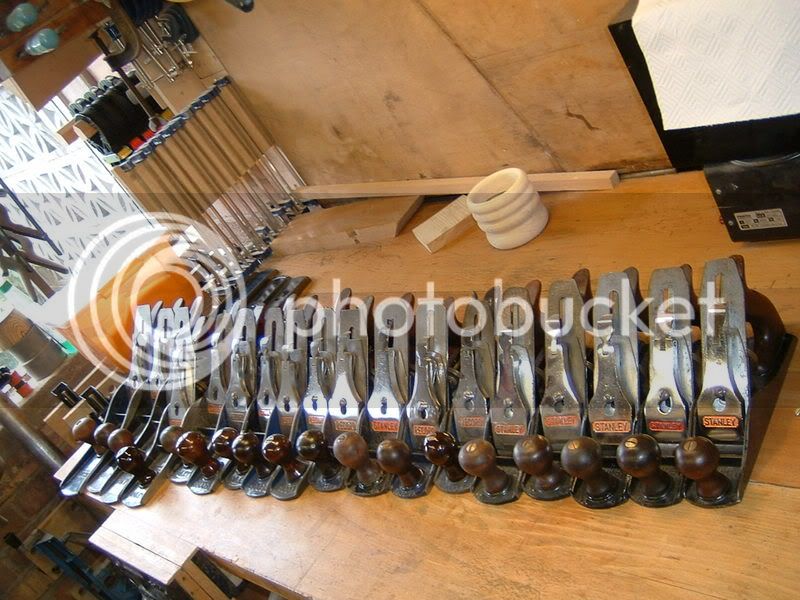If the adjuster is really at the maximum of its travel for blade retraction, it can only mean that the replacement blade is longer than the original. Check to see if this is the case. Also check the thickness of the replacement blade as this could also be the cause. As to the solution, When you have the adjustment fully tight you my find that the Y lever arms that it controls are hard up against the frog body, if this is the case you could remove the Y lever by punching out the pivot pin and filing a small V where the 2 arms of the Y lever foul the frog. However sometimes the pin cannot be removed easily try punching lightly from either side but do not use to much force. You may also be able to file two small V in the frog, do not overdo either of these methods, I stress you really should not have to do anything if it is a true replacement. If you cannot manage this solution, you could check how much free play there is in where the part of the Y lever engages with the cap iron, in fact on reflection try this first. There could be a lot, some on the Y lever and some on the cap iron hole. You will appreciate that if there is a lot the adjustment knob and hence movement of the Y lever will have to take up this free play before it will move the blade. If this is the case just slip in a bit of temporary shim (top side) to close the gap and see if you can then fully retract the blade. If this works there are a number of solutions you can find on this forum ( search for Y lever). If all this fails you will have to regrind the plane iron, but be careful not to over heat the blade if dry grinding. One last check see if the frog is adjusted to far forward, if so release the screws and move back, it probably will not make any difference but worth a try. The only reason I mentioned removing the Y lever and filing where it fouls the frog, is that there is often what is called flashing on the Y lever casting, it looks like a seam, this can safely be removed.


 It will not retract enough, it just sticks out a tad, even with the adjuster screwed up tight.
It will not retract enough, it just sticks out a tad, even with the adjuster screwed up tight.
































